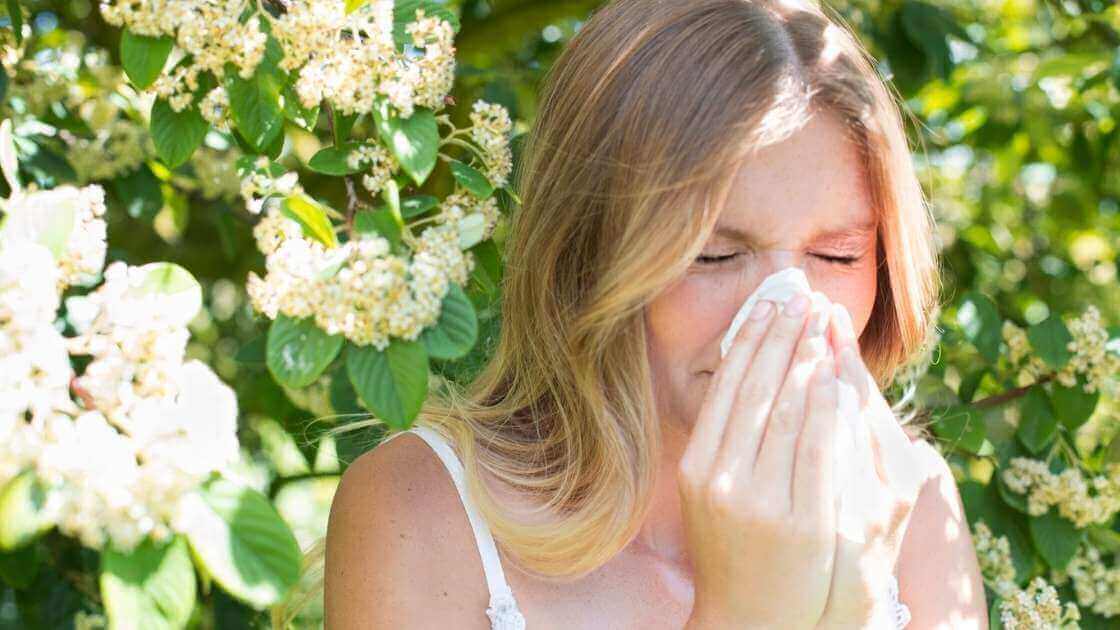Hay Fever (Allergic Rhinitis)
Hay Fever Consult Online
You can consult a doctor about hay fever online with Simple Online Doctors Australian-registered online doctor. You may complete an online assessment and brief consultation with Australian-registered doctors who will evaluate your suitability for the program.
Table of Contents
What is Hay Fever?
Hay Fever Causes
Symptoms Diagnosis, Symptoms and Types
Hay Fever Treatments
Preventing Hay Fever

Overview
What is Hay Fever?
Hay fever is the well-known common name for the condition, allergic rhinitis. Hay fever occurs when your body comes into contact with an allergen. An allergen is a substance that your immune system identifies as harmful, even if the substance is harmless. Once your body detects an allergen, it triggers the release of chemicals that cause allergy symptoms to try to remove or fight the allergen.
Up to as many as 1 in 7 Australians suffer from hay fever (allergic rhinitis). This makes it one of the most common chronic respiratory conditions in Australia. Hay fever can occur at any age, most commonly affecting those aged 25-44.
Hay Fever Causes
Hay fever occurs once the body comes into contact with an allergen, usually through the nose, mouth, or eyes. Allergens are foreign substances that trigger an allergic reaction by the immune system.
The reaction involves the release of histamine, the chemical responsible for the symptoms of hay fever.
Allergens are unique to each individual and are often harmless substances that the immune system mistakes for something dangerous. Even small amounts of allergens can cause hay fever in some people if they are particularly sensitive to an allergen.
Common allergens that cause hay fever are dust mites, dust, mold, assorted pollens, animal furs, cigarette smoke, general air pollutants, gluten, and latex.
Hay Fever Season In Australia
Some people experience what’s known as seasonal hay fever. This occurs during particular seasons of the year due to high amounts of allergens, such as pollen.
Unlike most of the world, which experiences their hay fever/ allergy season mostly during spring, the Australian hay fever season can vary from state to state due to Australia’s size, variety of pollens, and different climates. Exactly when you may experience your allergy season may be different to others, but there are general rules.
- Melbourne peaks during spring, from September to November.
- Sydney, Adelaide, and Canberra have moderate pollen counts around spring, which then peak from September to December.
- Darwin and Perth have moderate levels all year long with peaks during summer into Autumn from November to February.
- In Brisbane, the pollen count remains quite high all year, with peaks from December to April.
- The Northern Territory is quite similar to Brisbane high all year round, peaking in April.
Hay Fever Diagnosis, Symptoms, and Types
Diagnosis and Symptoms
Common hay fever symptoms are a runny nose, watery eyes, irritated red eyes, nasal congestion (blocked nose), cough, sneezing, and itching of the eyes, mouth, or skin.
Less common but more severe hay fever symptoms include fatigue, ear pain, sinus pain, headaches, wheezing, and shortness of breath. Shortness of breath and wheezing tend to occur more in those with asthma and could require a reliever asthma inhaler.
It can be easy to mistake the symptoms of hay fever for the common cold as there are many similarities. The best way to distinguish the difference between the two is the duration of the symptoms. The common cold tends to last for 4 to 7 days, whereas hay fever may last hours to days, depending on exposure to allergens.
Hay fever can persist long-term if you are regularly exposed to allergens.
There are several ways to diagnose hay fever.
Examination
A doctor may be able to distinguish hay fever by taking a medical history, examining the symptoms, and ruling out other causes.
Allergy Testing
Also known as the skin prick test, allergy testing involves deliberately exposing you to various common allergens by pricking the skin and inserting a small amount of the allergens. If a raised bump (hive) appears on the skin, you are allergic to that substance.
Blood Testing
A blood sample can be sent for testing to try to identify the number of antibodies that are released into your bloodstream after exposure to an allergen. Because this test is more invasive than the others, it is not often performed unless required.
Hay Fever Treatments
Hay Fever treatment varies depending on individual health and needs and should be determined by a doctor.
Lifestyle Tips to Prevent Hay Fever
Avoiding allergens is generally the best way of dealing with hay fever, although this isn’t always possible. While it is true you should try to avoid known allergens, this should not come at the cost of quality of life.
Avoiding Pollen
While being hard to achieve completely, changing small habits can greatly reduce the amount of pollen you are exposed to. These include:
- Staying indoors during dry, windy days and in the mornings (high pollen count)
- Avoid hanging laundry outside during hay fever season and dry windy conditions.
- Use a dehumidifier indoors
- Close windows
- Avoid gardening or mowing without a mask
Avoiding Animal Hair
Many people love their pets but may also be allergic to them. If you have a pet and would like to improve your allergies, you can try:
- If possible, keep pets outside the house
- Do not allow pets on furniture
- Wash dogs regularly
- Brush away excess animal hair
Avoiding Dust Mites and Cockroaches
To minimise allergies from these, clean regularly. Use insecticides and pest control around your home to avoid an infestation. If required, consider professional pest control.

